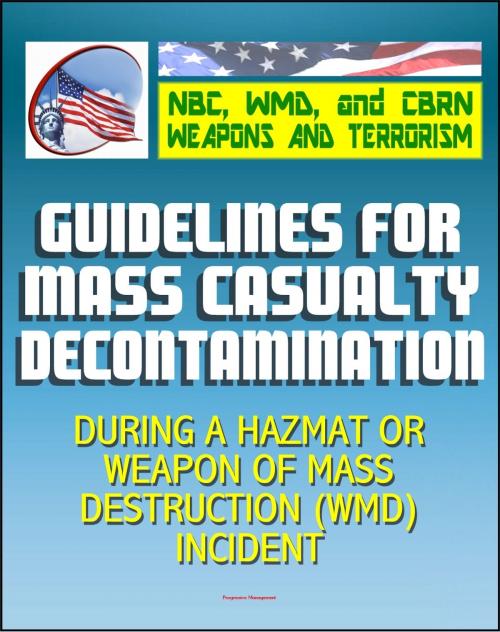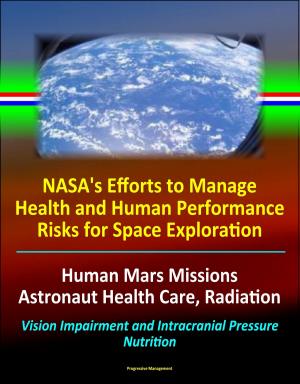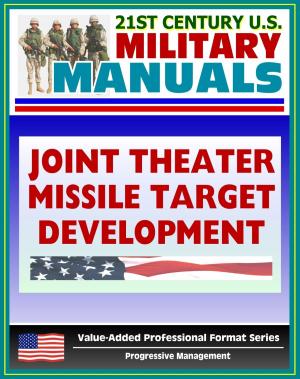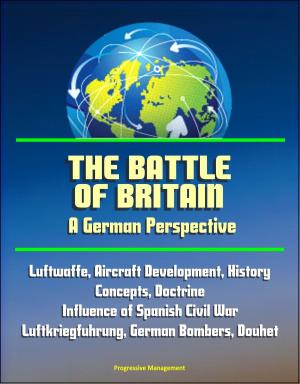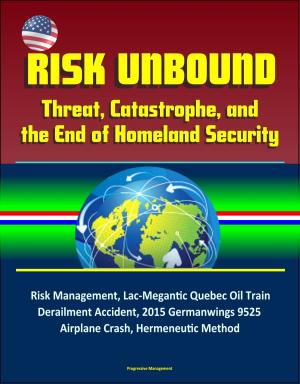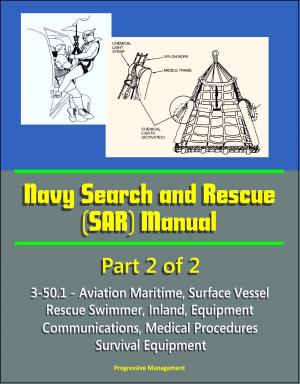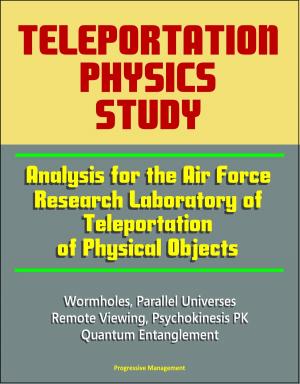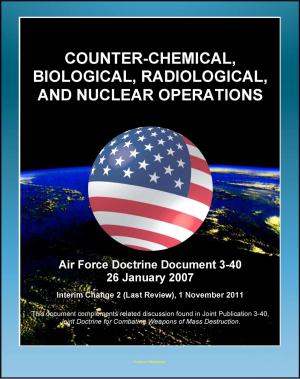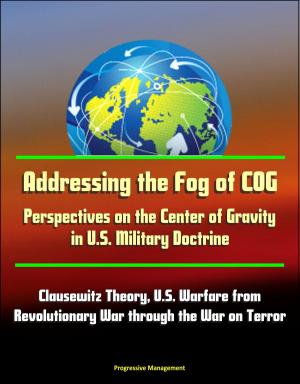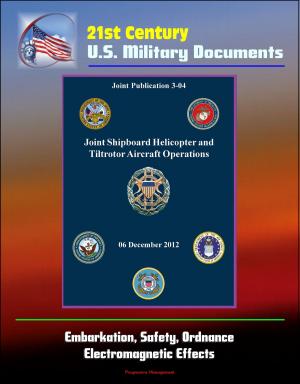21st Century NBC WMD CBRN Weapons and Terrorism: Guidelines for Mass Casualty Decontamination During a HAZMAT/Weapon of Mass Destruction Incident (Two Volumes)
Nonfiction, Health & Well Being, Medical, Allied Health Services, Emergency Medical Services, Social & Cultural Studies, Political Science| Author: | Progressive Management | ISBN: | 9781465935915 |
| Publisher: | Progressive Management | Publication: | March 5, 2012 |
| Imprint: | Smashwords Edition | Language: | English |
| Author: | Progressive Management |
| ISBN: | 9781465935915 |
| Publisher: | Progressive Management |
| Publication: | March 5, 2012 |
| Imprint: | Smashwords Edition |
| Language: | English |
In the recent past, terrorist organizations have used different chemical, biological, and radiological (CBR) weapons to pursue their own agendas. In 1995, the Aum Shinrikyo cult released sarin onto the Tokyo subway system, killing 12 and injuring hundreds. In 2001, anthrax spores were sent through the U.S. Postal Service killing five postal employees and infecting 22 others. The increasing complexity and scale of these incidents suggest the possibility of a large scale attack with a Weapon of Mass Destruction (WMD) causing thousands of casualties on US soil. Since these attacks are difficult to prevent and may happen anywhere and at any time, mass decontamination is one of the key elements to managing the consequences of such an event, saving lives, and limiting the number of injuries. These Guidelines are an update of the United States Army Soldier and Biological Chemical Command (SBCCOM) - now the United States Army Edgewood Chemical Biological Center (ECBC) - January 2000 Guidelines for Mass Casualty Decontamination During a Terrorist Chemical Agent Incident and January 2002 Guidelines for Cold Weather Mass Decontamination During a Terrorist Chemical Agent Incident. These Guidelines supersede these original 2000 and 2002 Guidelines and are expanded to include all chemical, biological and radiological hazards. These Guidelines represent the latest evolution in our approach to mass casualty decontamination. These Guidelines were developed for first responders to provide information and suggested procedures for mass casualty decontamination following a hazardous material (HAZMAT)/WMD attack. There is no perfect solution to mass casualty decontamination and no single process or method can account for all variables (e.g., hazard, time, number of victims, environmental conditions, resources). These updated Guidelines are intended to identify a simple, consistent mass decontamination process that could be applied with reasonable effectiveness to any HAZMAT/WMD incident. In other words, use the fastest approach that will cause the least harm and do the most good for the majority of the people. These Guidelines are based on exposure to all hazards and focus on civilian mass casualty decontamination. These Guidelines primarily focus on chemical, biological, and radiological (CBR) agents, but also include Toxic Industrial Chemicals (TICs), Toxic Industrial Materials (TIMs), and toxins (collectively referred to in this document as HAZMAT/WMD). Guidelines do not cover each type of threat individually, however, the basic principles outlined are applicable to all HAZMAT/WMD situations. This document addresses decontamination of an overwhelming number of victims resulting from a HAZMAT/WMD incident in a population center. Mass casualty decontamination requires a slightly different approach than the individual technical and equipment decontamination applied during typical HAZMAT incidents. These Guidelines are designed for use during the first minutes of a mass casualty HAZMAT/WMD incident to reduce contamination and minimize casualties.
In the recent past, terrorist organizations have used different chemical, biological, and radiological (CBR) weapons to pursue their own agendas. In 1995, the Aum Shinrikyo cult released sarin onto the Tokyo subway system, killing 12 and injuring hundreds. In 2001, anthrax spores were sent through the U.S. Postal Service killing five postal employees and infecting 22 others. The increasing complexity and scale of these incidents suggest the possibility of a large scale attack with a Weapon of Mass Destruction (WMD) causing thousands of casualties on US soil. Since these attacks are difficult to prevent and may happen anywhere and at any time, mass decontamination is one of the key elements to managing the consequences of such an event, saving lives, and limiting the number of injuries. These Guidelines are an update of the United States Army Soldier and Biological Chemical Command (SBCCOM) - now the United States Army Edgewood Chemical Biological Center (ECBC) - January 2000 Guidelines for Mass Casualty Decontamination During a Terrorist Chemical Agent Incident and January 2002 Guidelines for Cold Weather Mass Decontamination During a Terrorist Chemical Agent Incident. These Guidelines supersede these original 2000 and 2002 Guidelines and are expanded to include all chemical, biological and radiological hazards. These Guidelines represent the latest evolution in our approach to mass casualty decontamination. These Guidelines were developed for first responders to provide information and suggested procedures for mass casualty decontamination following a hazardous material (HAZMAT)/WMD attack. There is no perfect solution to mass casualty decontamination and no single process or method can account for all variables (e.g., hazard, time, number of victims, environmental conditions, resources). These updated Guidelines are intended to identify a simple, consistent mass decontamination process that could be applied with reasonable effectiveness to any HAZMAT/WMD incident. In other words, use the fastest approach that will cause the least harm and do the most good for the majority of the people. These Guidelines are based on exposure to all hazards and focus on civilian mass casualty decontamination. These Guidelines primarily focus on chemical, biological, and radiological (CBR) agents, but also include Toxic Industrial Chemicals (TICs), Toxic Industrial Materials (TIMs), and toxins (collectively referred to in this document as HAZMAT/WMD). Guidelines do not cover each type of threat individually, however, the basic principles outlined are applicable to all HAZMAT/WMD situations. This document addresses decontamination of an overwhelming number of victims resulting from a HAZMAT/WMD incident in a population center. Mass casualty decontamination requires a slightly different approach than the individual technical and equipment decontamination applied during typical HAZMAT incidents. These Guidelines are designed for use during the first minutes of a mass casualty HAZMAT/WMD incident to reduce contamination and minimize casualties.
